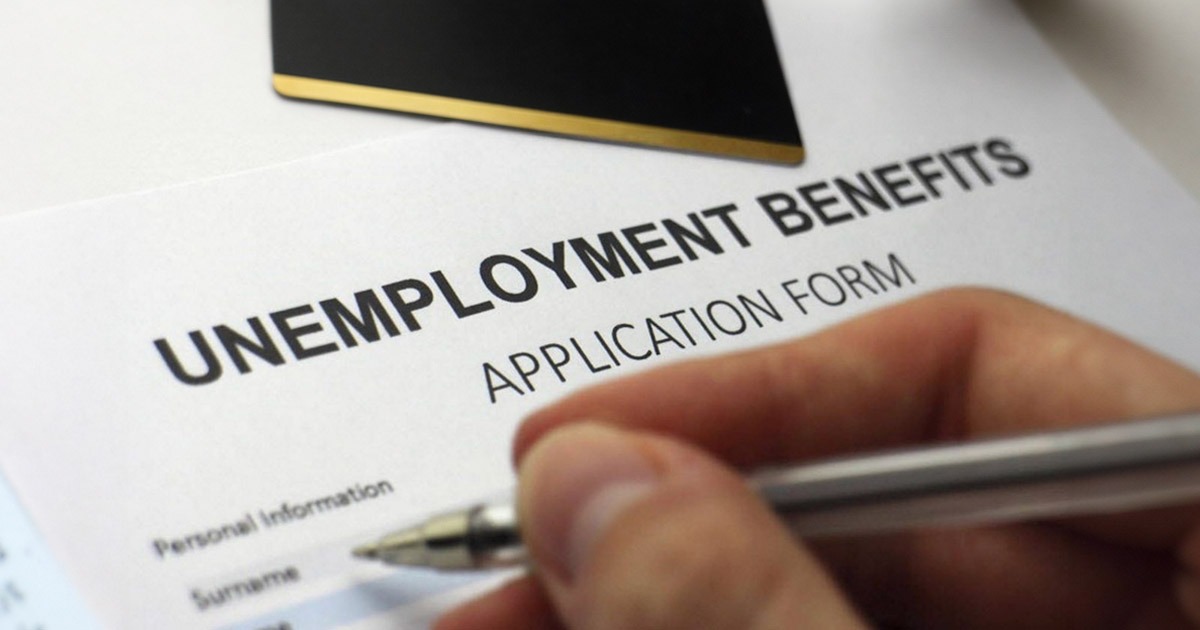Unemployment Insurance: A Comprehensive Overview
But yes, a job loss is not easy, particularly when the person is fired or when one is fired and there is no severance pay. However, unemployment insurance is offered in order to help you to have money while in the process of finding job.

COVID-19 has brought a lot of disruption to the economy leading to the loss of many job whereby new claims for unemployment benefits in the country have considerably risen. In march 2020 alone, about 30 million Americans applied for unemployment compensation, and more than one millions each week. Here we have got the details of it all for you.
Understanding Unemployment Insurance
This is a compensation’s mechanism that offers monetary support to citizens who do not have work for reasons beyond their control. These benefits as you would already know are as a rule given for a specified period of say until reemployment and are coordinated by state operations that adhere to federal guidelines. Education, employing units and individual participants are entitled to determine the standard and conditions of qualifications in every state, level of benefits, and periods of payments.
Subsistence levels therefore significantly differ from one state to the other, normally depending on wages that were paid before the workers lost their jobs. But as to the specificity of the mathematics used, the methods are somewhat state-dependent. In case you find yourself out of work this morning unexpectedly, there are things you must do today so that the financial pressure is eased.
Eligibility Criteria
Most states need persons to have worked for a specific period of time and lost their jobs involuntarily due to circumstances such as layoffs or furloughs in order to be eligible for unemployment benefits. Voluntary resignations usually disqualify applications. While eligibility procedures differ, typical requirements include employer contributions to the state unemployment fund. During the pandemic, many jurisdictions extended eligibility to include self-employed people and those who were unable to work owing to quarantine or exposure dangers.
The United States Department of Labor requires applicants to meet the following criteria:
- Unemployment owing to factors beyond one’s control.
- Meeting the state’s pay or work-hour standards throughout the stated time period.
- Comply with any extra state-specific eligibility requirements.
How To Apply for Unemployment Benefits Online
Filing methods differ by state, with alternatives such as online, in-person, and over the phone. Some jurisdictions, such as New York and California, allow online filing, whilst others may need phone calls or traditional paperwork submission.
To start the process:
- Conduct an online search to find the webpage for your state’s unemployment office.
- Create an account on the website, filling all the essential information.
- Follow the on-screen directions to file your claim and submit the necessary documentation.
- When you submit your claim, you will receive an email confirmation once it has been processed.
Required Documentation
Document requirements differ by state, so it is best to contact your state’s website for the most up-to-date information. Generally, required documents include:
- Social Security Number
- Mailing Address
- Alien Registration Card Number (for Non-US Citizens)
- Driver’s license or state identification
- Employment details for the last two years
- Wages earned (hourly, weekly, or monthly).
- Employer Registration or Federal Employer Identification Number
- Separation form (DD 214 for service members)
- Reason for leaving employment
Following the initial claim, weekly or biweekly claim renewals are required to continue receiving compensation. It is also the claimant’s responsibility to end benefits after reemployment.
Benefit Amounts
Eligible persons often receive interim compensation equal to half of their lost income, up to a maximum amount. Even a partial job loss may warrant rewards to compensate for reduced hours. Direct deposit, debit card, or mailed checks are all accepted payment methods, and claimants can control payments after submitting their claim.
Weekly Benefit Claims
The effective date signifies the beginning of eligibility for benefit receipt, with the length determined by the state. Standard periods last approximately 26 weeks, though this varies per jurisdiction. Extensions due to the pandemic may also influence the length of benefits, necessitating a reassessment of current information.
Weekly claim files are required following the initial payment receipt. Active job search and desire to work while welfare receipt are required.
Tax Considerations
Unemployment benefits are considered taxable income and are subject to federal taxes at the recipient’s bracket rate. Maintaining filing records simplifies tax return preparation, with Form 1099-G sent to government income recipients. Requesting tax withholding during benefit receipt simplifies tax obligation management.
In Summary
Unemployment insurance provides critical short-term financial support, but it is not a long-term answer. Benefits usually cover around half of previous income for up to six months. Regardless of whether you receive benefits, an active job search is always required to find work.






